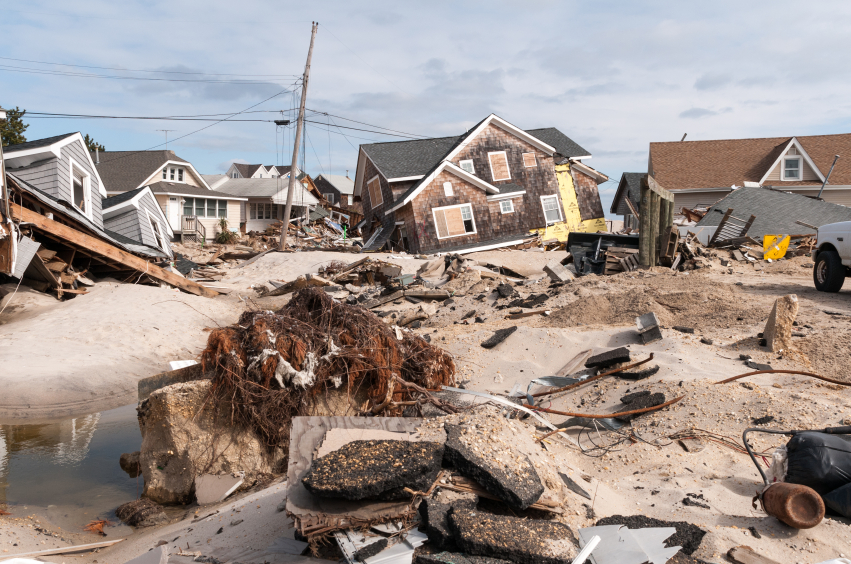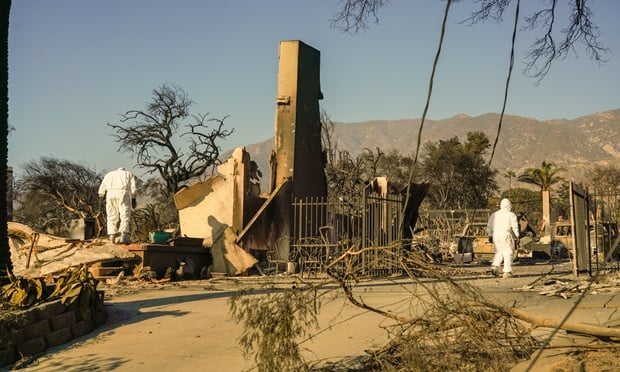Welcome again to March, which we annually honor as National Ethics Awareness Month, sponsored by many fine insurance organizations.
In my ethics classes, one of the ongoing battles is to overcome the common assumption that ethics is about “doing the right thing." If that were the whole story, no wonder so many students assume the class and discussion will be less than useless. “I’m only here because my state CE requires it,” is the lament.
What they fail to realize is the true power and usefulness of ethics to our industry—or any other—is not in simply choosing right from wrong. We probably agree that those who happily do the wrong thing—for whatever reason—should be taken out and tied securely to railroad tracks. Rather, true ethics is in choosing right from right.
Consider one of my favorite case studies, taken from my Street Level Ethics class and based on an actual incident.
It was the biggest storm to hit the area in decades. You saw news stories, but nothing has prepared you for the total devastation you find when you arrive to set up the first catastrophe claims office for your carrier. The designated location is almost impossible to find without using GPS coordinates, because street signs are gone, and nearly every landmark has disappeared with the trees. There isn’t an undamaged building for miles. Agents and insureds straggle into your claims trailer, begging for any assistance you could offer. Your plan had been to determine from local agents which of their insureds needed help the quickest and get some idea of the coverage each had purchased. But the agencies were damaged as badly as their clients, and few client records are available. You have your laptops and tablets, but phone lines are dead and the cellular towers are down. It may be days before you can connect to your carrier network and pull up needed information. Yet right now a growing line of claimants is forming at your door.
One agent tells you they just heard a major national carrier down the road is so swamped by claimants that they’ve started taking down names and handing each a $1,000 check, telling them to find a place to stay and buy some food and clothing; they will be contacted later to start the formal claims process. You realize this may just be one of the numerous rumors flying around after a disaster. If true, you understand such compassion, but your uneasy feelings about the approach grow stronger when the agent comments he knows at least of few of the folks getting checks don’t even have coverage with that carrier.
The human misery in front of you is overwhelming, and it will be immensely difficult processing this flood of people, much less expecting them to willingly understand you can’t pay them anything until you have the proper information. Asking people who just lost everything if they remember their policy number would border on cruelty. Some don’t even have proof of identity, barely escaping the destruction with the clothes on their back. Maybe the other carrier has it right — it may be worth paying out some money to the fakes if it means the truly deserving get at least some help quicker.
Decision time: What do you do?
Continue reading ...

Your customers have lost everything in a disaster. How would you help them if they don't know their policy number and you don't have access to the Internet? (Photo: iStock)
Note that you’re not being asked to choose right from wrong, but rather right from right.
- It’s right not to pay out carrier funds to fraudulent claimants.
- It’s right to be compassionate.
- It’s right to stick to the rules, protect your carrier’s solvency and explain you can’t pay out claim funds until you have proof of loss and valid insurance.
- It’s right to make exceptions to the rules when dire circumstances call for reasonable variations.
Of course, there are obvious wrong choices available. Steal the money. Pay it only to an agent’s buddies or favorite clients.
But I’m going to assume that you are one of the vast majority of folks in this industry who abhor dishonesty. Yet, in facing a multitude of possible right choices, those same folks may find themselves the proverbial “deer in the headlights,” unable to choose among so many paths. As much as I sympathize, abdicating your responsibilities as a professional sent to help insureds recover after a loss, and failing to fulfill the carrier’s promise made when it issued the coverage is not exactly the height of ethical behavior.
This is the true ethics conundrum. You can make only one decision. There’s no delaying and no escaping from responsibility. You either provide claimants with funds or you don’t.
So how to choose?
As in past ethical articles, let me suggest three useful decision paths, each proven to help make a decision when facing tough ethical situations:
- Situation-based: What is the best outcome possible given these circumstances?
- Rule-based: Follow the rules, and let the chips fall where they may.
- People-based: Follow the Golden Rule and ask what would you have others do if faced by the same situation?
Here’s the type of reasoning possible if we apply each of the paths to the case study:
- Situation-based: Give the claimants the money. The small amount that may be paid fraudulently is dwarfed by the needs of the claimants. In the long run, the goodwill the carrier will reap from this gesture will more than compensate for any financial loss from fraud.
- Rule-based: Typical claims rules never anticipated anything as catastrophic as this: no coverage records, no way to verify insured status, or no way to prove who is and isn’t insured. But you can’t just throw the rule book away, either. Maybe you can ask agents in the area to vouch for each claimant before you release the money or at least get enough basic information from each claimant (name of agent, amount of coverage, location of home, and how many years insured) to try to create some semblance of credibility to the process. Without some assurance of proof of loss from a valid claimant, policy rules would tell you not to pay the funds.
- People-based: Give the claimants the money. If you were the one standing in line, having just suffered the loss of everything you owned, that’s exactly what you would want — and deservedly so.
Key point: You can see that honest folks following valid reasoning can still arrive at opposite decisions. Because each choice can be "right," it follows no one who chooses differently from you is "wrong." We simply arrive, through a solid process of following valid guidelines, at different possibilities. It is in understanding that we all strive for fairness and consistency that trust is built. And building trust — not choosing right from wrong — is the ultimate desired outcome of pursuing ethical behavior. Now you can see why ethics is so critical for our industry. Insurance is a product/service directly built upon trust. We ask clients for money now, while providing a promise to be there at future claim time — trust us!
This March, choose to honor Ethics Awareness Month by strengthening your ethical decision-making muscles. Away with the flabby and weak “right vs. wrong” and on to the six-pack abs of “right versus right.” Your workout goal? When your clients think about insurance, let’s commit to building their trust, not confirming their worst suspicions.
Chris Amrhein, AAI, is an insurance educator and speaker, and serves as the chief fun officer at insuranceisfun.com.
Related: Ethics is a choice of right vs. right
We’re on Facebook, are you?
Want to continue reading?
Become a Free PropertyCasualty360 Digital Reader
Your access to unlimited PropertyCasualty360 content isn’t changing.
Once you are an ALM digital member, you’ll receive:
- Breaking insurance news and analysis, on-site and via our newsletters and custom alerts
- Weekly Insurance Speak podcast featuring exclusive interviews with industry leaders
- Educational webcasts, white papers, and ebooks from industry thought leaders
- Critical converage of the employee benefits and financial advisory markets on our other ALM sites, BenefitsPRO and ThinkAdvisor
Already have an account? Sign In Now
© 2025 ALM Global, LLC, All Rights Reserved. Request academic re-use from www.copyright.com. All other uses, submit a request to [email protected]. For more information visit Asset & Logo Licensing.








